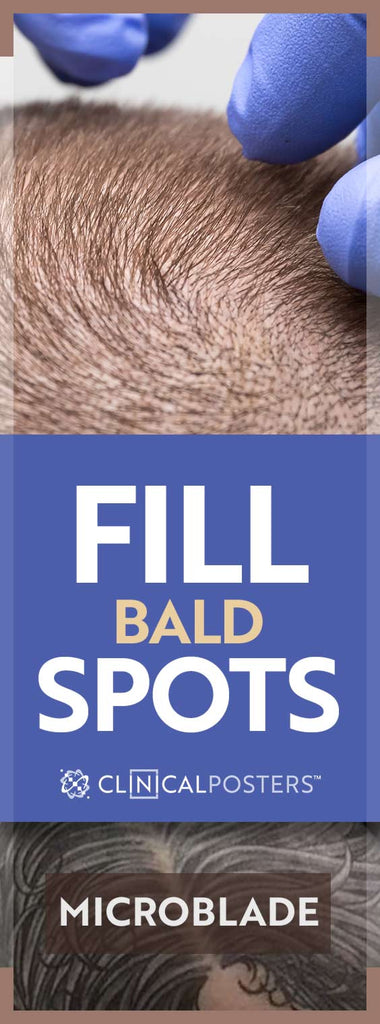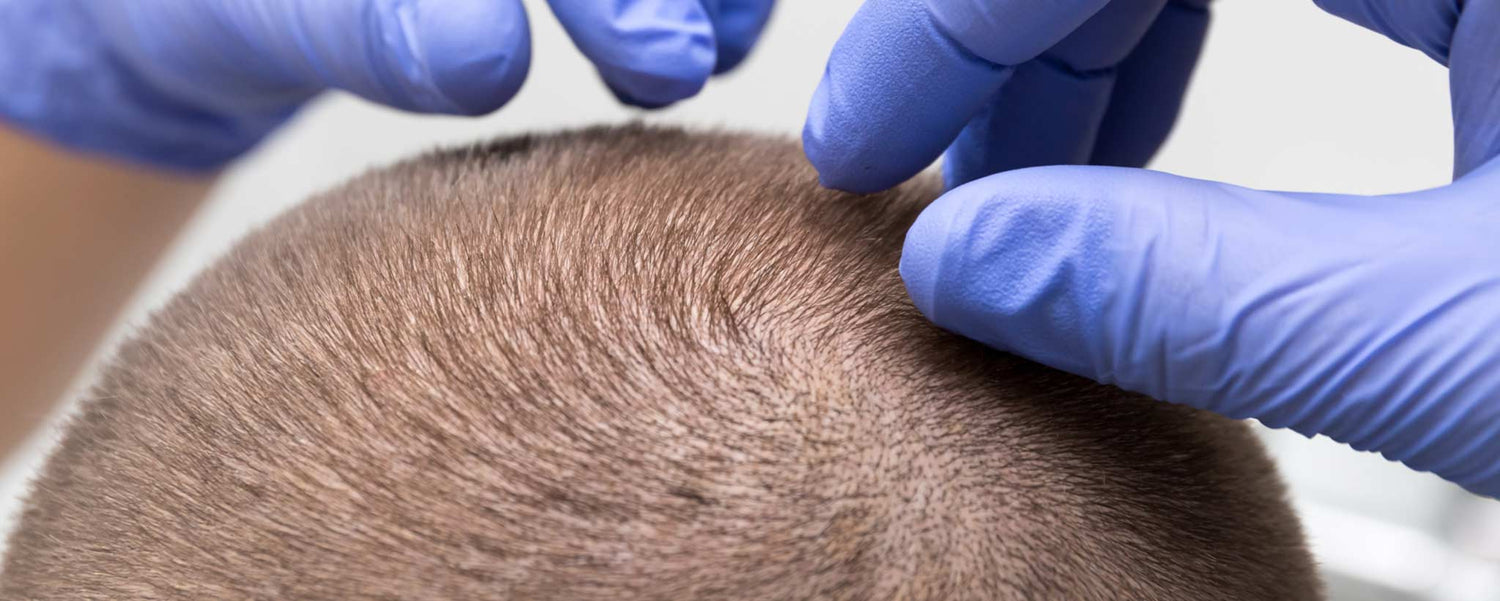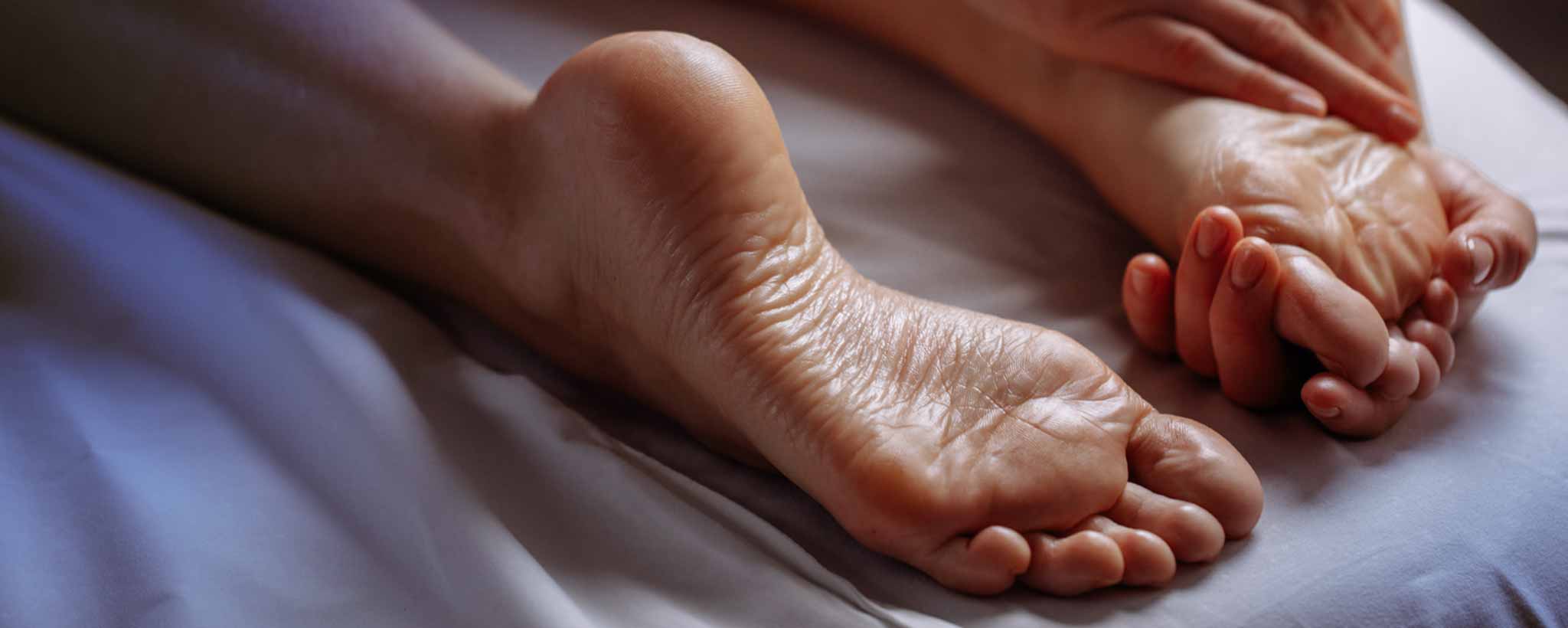Scalp microblading may not be a viable option for people with alopecia areata. Who gets it and at what cost?
How To Eliminate Bald Spots
Microblading sounds like a tiny Olympic ice skating event. But it describes a non-permanent tattoo technique to fill in thinning or balding areas of the scalp. Individual strands that match hair color and growth pattern are more commonly tattooed within the part line or forehead and temples. This is a spin-off from more popular eyelash and mascara tattooing.
Keep in mind that microblading adds no thickness—just the illusion of volume. Some men with receding hairlines who shave their heads very close get microblading (micropigmentation) to simulate consistent stubble.
Obviously, growing hair in other areas will draw attention to the lower areas with simulated hair. To generate natural results, the tattooing is best concealed by surrounding hairs, like a hairline.
For a man or woman with advanced alopecia areata, microblading may not be a practical option. This is because bald areas vary and grow over time.

According to the American Academy of Dermatology, about 40 percent of women experience visible hair loss, including thinning strands and bald patches, by the age of 40. Micropigmentation, as it is also called, is not as easy as asking the local tattoo artist to add a few strands after rendering “Mom” in a heart on your chest.
Microblading directs special pigments into the dermis, rather than the epidermis where dyes are prone to spread. Brow microblading is a manual process. “Scalp micropigmentation uses a digital machine to create ‘hair follicle simulation,’” explains Dr. Paul Jarrod Frank, a celebrity cosmetic dermatologist.
Tattoo Fail
Below is a bad example of a hair tattoo that may give anyone pause about unleashing an amateur with a tattoo gun on their scalp. Individual results may vary.
Like all tattoos, the ink does not wash off. There is a risk of infection. Dyes will usually fade over time as skin cells are constantly being replaced. So you may need to revisit the procedure after a few years.





